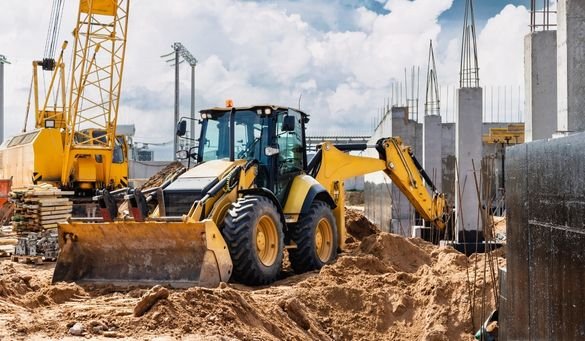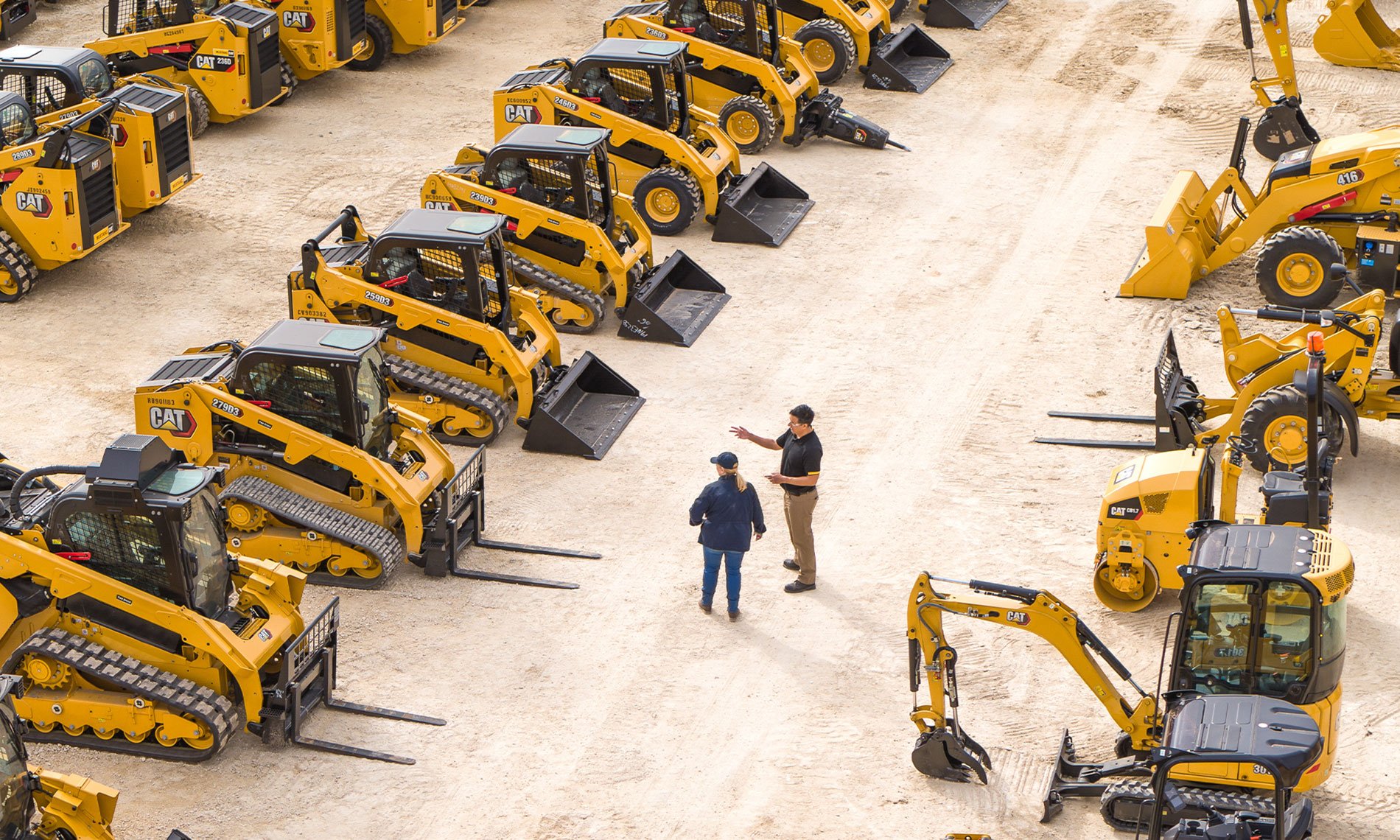Scissor Lift Rental: Safe and Effective Lifting Solutions
Scissor Lift Rental: Safe and Effective Lifting Solutions
Blog Article
Maximize Your Budget Plan by Recognizing the Prices Connected With Building And Construction Equipment Leasings
Recognizing the complete extent of expenses connected with construction tools leasings is crucial for optimizing your budget. What strategies can be used to properly handle these costs and make certain a much more reliable rental experience?
Overview of Rental Costs
When thinking about construction tools rentals, recognizing the associated prices is critical for effective budgeting and job planning. Rental costs can differ substantially based on several aspects, consisting of tools type, period of leasing, and location. The initial rental fee usually mirrors the equipment's market demand and its connected operational capabilities, affecting the overall expenditure.
Along with the base rental price, supplementary prices might arise, such as transport charges, gas additional charges, and maintenance costs. It is important to make up these extra costs to precisely evaluate the overall price of renting devices. Additionally, the rental duration can impact prices; longer leasings might get affordable rates, while temporary services could incur greater everyday costs.

Breakdown of Rental Rates
A comprehensive understanding of rental rates is crucial for service providers and project managers aiming to optimize their spending plans. Rental rates for building equipment typically include several elements, including base prices, time-based charges, and usage charges.
Base prices are the core charges connected with the service of the tools, typically figured out by the kind and size of the equipment. These prices can vary dramatically, affected by elements such as tools need, accessibility, and regional market patterns. Time-based fees, which might be daily, weekly, or monthly, offer to accommodate different task timelines and rental durations.
In addition, rental rates might include usage charges, which apply when devices is made use of past a defined limit, guaranteeing that the rental firm can make up damage. Seasonal need variations can likewise impact rental prices, with peak construction periods usually regulating greater prices.
Furthermore, recognizing the rental business's plans relating to maintenance and insurance policy can provide further insight right into the total cost framework. By evaluating these parts, specialists can make educated choices, guaranteeing the choice of rental equipment lines up with both project needs and budget plan constraints.
Added Charges to Consider
Comprehending the ins and outs of added costs is important for professionals to manage their overall service costs successfully. Past the basic rental rates, different additional charges can considerably influence the complete expense of tools rental. These charges commonly consist of distribution and pickup charges, which can differ based on distance and logistics associated with delivering the devices to and from the task site.
In addition, some rental firms might enforce gas surcharges if the equipment is returned with less fuel than when rented. It is additionally important to recognize potential cleaning fees, especially for specific devices that requires extensive upkeep after usage.

Thoroughly reviewing the rental contract and clearing up these extra charges in advance can assist specialists guarantee and avoid unanticipated prices that budgets continue to be intact throughout the task lifecycle.
Repair And Maintenance Expenses
Regular maintenance and fixing costs are commonly forgotten aspects that can dramatically influence the total price of construction devices leasings. When renting out equipment, it is critical to take into consideration not only the rental fees however additionally the potential costs related to maintaining the machinery in ideal operating problem.
Lots of rental firms include standard upkeep as component of the rental contract; however, much more considerable repairs or unforeseen malfunctions can bring about added costs. It's vital to review the rental agreement thoroughly to comprehend what upkeep solutions are covered and what obligations fall on the tenant.
Additionally, equipment that is not well-maintained can result in inefficiencies on the task website, possibly enhancing and causing hold-ups project prices. To reduce these threats, it is a good idea to carry out normal inspections and keep open communication with the rental supplier regarding any kind of problems that develop during usage.
Insurance Coverage and Liability Expenses
Insurance and obligation prices are crucial components that can substantially influence the general expenditure of construction devices services (forklift rental). These costs make sure that both the rental company and rc bulldozer hydraulic fully metal the customer are protected from prospective monetary losses emerging from accidents, damage, or burglary during the rental period

In addition, customers ought to recognize any type of deductibles or exemptions in the insurance policy, as these can affect potential out-of-pocket expenses. Recognizing the terms of any kind of insurance policy protection is important to stay clear of unexpected expenses. Ultimately, budgeting for insurance coverage and obligation expenses can assist make sure a smoother rental experience and shield versus economic dangers connected with construction jobs.
Conclusion
Finally, a comprehensive understanding of the expenses related to building and construction equipment services is necessary for effective budget plan management. By examining rental rates, added charges, upkeep expenditures, and insurance individuals, organizations and needs can decrease unexpected expenses. This tactical strategy not only boosts cost-effectiveness but likewise makes certain that jobs proceed smoothly and effectively. Ultimately, informed decision-making regarding tools leasings adds to the total success of construction undertakings.
Rental costs can vary dramatically based on several variables, consisting of devices kind, period of service, and location (boom lift rental). The rental duration can affect rates; longer services may certify for affordable rates, while temporary services may incur higher day-to-day costs
By performing thorough research and involving with reputable rental business, service providers can efficiently navigate the intricacies of rental pricing, inevitably optimizing their economic resources.
Past the standard rental prices, numerous auxiliary fees can considerably impact the total expense of equipment rental. Rental firms typically provide responsibility insurance policy that covers injuries to third parties or damage to residential property, while equipment damages insurance can cover the cost of repair work or substitute if the leased devices is harmed.
Report this page